
Cost-based funding is one of the three most common state secondary Career Technical Education (CTE) funding approaches that fall under the categorical funding model. With this approach, states distribute funds by reimbursing Local Education Agencies (LEAs) based on CTE expenditures from the prior year.
Costs may be capped, meaning a state may reimburse an LEA up to only a certain percentage of the added cost. CTE programs may be reimbursed for salaries, transportation, equipment, contracted services and curriculum. Additionally, content areas or courses may be reimbursed at different percentage rates.
Eight states — Colorado, Maine, New Hampshire, New Jersey, North Dakota, Oklahoma, Rhode Island and Virginia — use a cost-based funding approach.
Visit the Resources page for a national overview of state secondary CTE funding trends and a case study of North Dakota’s state application of the cost-based formula.
*Advance CTE used the definition of cost-based funding found in State Strategies for Financing Career and Technical Education for this project.